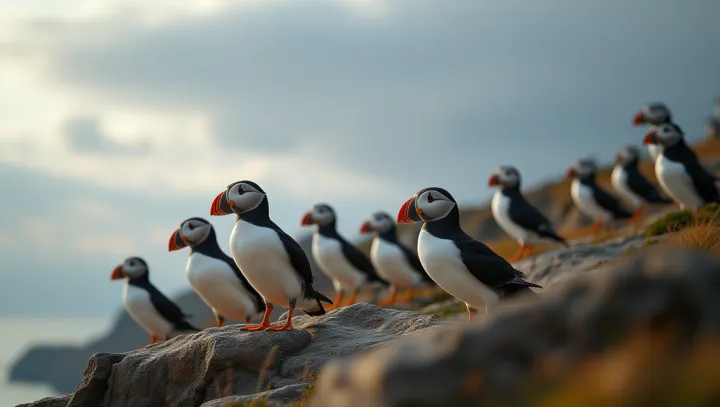Iceland's Puffin Paradox

In the north Atlantic embrace of Iceland, a spectacle unfolds as sixty percent of the world's puffin population chooses its rugged cliffs for breeding grounds. This remarkable concentration emphasizes Iceland's pivotal role in the conservation of marine wildlife. Known for their striking appearance with colorful beaks and engaging social behaviors, puffins migrate thousands of kilometers to reach Iceland's coasts.
These locations provide an ideal environment for nesting, largely untouched by human intervention. Experts, such as Dr. Jane Audubon from the Institute of Avian Studies, assert the importance of safeguarding these habitats against climate change and overfishing.
"Iceland's ecological stewardship influences global biodiversity," says Audubon, pointing to the interconnectedness of marine ecosystems. The ecological wonder of Iceland's puffins adds another layer to the nation's natural allure, attracting wildlife enthusiasts globally. However, the ongoing environmental threats pose critical challenges that require international cooperative conservation efforts.
As the world observes Iceland's significant contribution to puffin survival, renewed attention and resources are imperative to ensure the continuity of this captivating phenomenon. Future generations depend on today's actions to maintain this vital natural reservoir.
